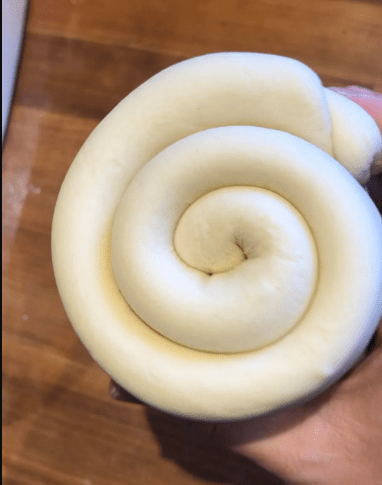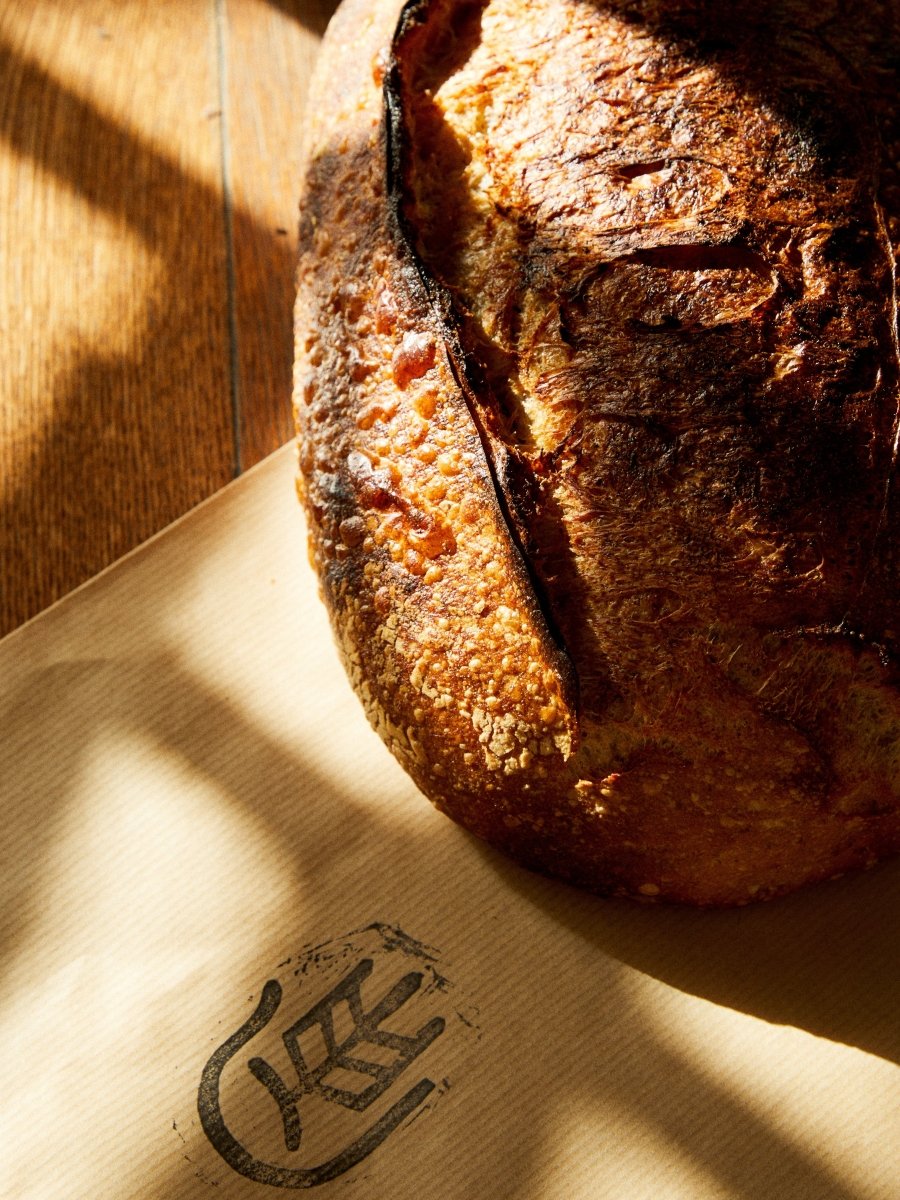A baking steel is a must-have tool for baking crusty sourdough bread at home. But what happens when rust appears on its surface? Rust can develop if the steel isn’t dried properly after cleaning or is exposed to moisture over time. The good news? Removing rust from your baking steel is easy and can restore it to perfect condition. In this guide from Simple Sourdough, we’ll walk you through the process step by step.

Why Does a Baking Steel Rust?
Baking steels are typically made of carbon steel, which excels at conducting heat but is prone to rust if not cared for properly. Moisture is the main culprit, so drying your steel thoroughly after use and storing it in a dry place is key. But even if rust sneaks in, you can fix it with minimal effort.
What You’ll Need
- White vinegar or lemon juice (for light rust)
- Steel wool or a coarse sponge (for stubborn rust)
- Dish soap
- A dry cloth or paper towel
- Vegetable oil (e.g., canola oil)
- An oven
Step-by-Step: How to Remove Rust from Your Baking Steel
Here’s a straightforward method to clean rust off your baking steel and protect it moving forward:
1. Clean the Baking Steel
Start by washing the steel with warm water and a small amount of dish soap to remove dirt and grease. Use a sponge or brush to gently scrub the surface. Rinse thoroughly, then dry it immediately with a cloth to prevent new moisture from settling in.
2. Treat Rust with Vinegar or Lemon
Pour a little white vinegar or lemon juice directly onto the rusty spots. Let it sit for 10-15 minutes—the acid will help loosen the rust. For more stubborn rust, use steel wool or a coarse sponge to scrub the affected areas. Repeat if needed until the rust is gone.
3. Rinse and Dry Thoroughly
Once the rust is removed, rinse the steel well with water to wash away any vinegar or lemon residue. Dry it immediately with a clean, dry cloth or paper towel. To ensure all moisture is gone, place the steel in a warm oven (about 100°C/212°F) for 10-15 minutes.
4. Rebuild a Protective Patina
To prevent future rust, “season” your baking steel, similar to seasoning a cast-iron pan. Apply a thin layer of vegetable oil across the entire surface using a cloth. Place the steel in an oven at 200-250°C (400-480°F) for about 1 hour. Let it cool, then wipe off any excess oil. This patina acts as a shield against moisture and rust.
How to Prevent Rust on Your Baking Stee
- Always dry the steel thoroughly after cleaning.
-Store it in a dry place, like the oven or a cupboard.
-Avoid leaving it wet for any length of time.
Final Thoughts
Rust doesn’t have to spell the end for your baking steel. With a little care and these simple steps, you can keep it in top shape for countless sourdough loaves. At Simple Sourdough, we’re all about making baking easy and enjoyable—your baking steel included! Have questions or tips of your of your own. Let us know in the comment





Del på sociale medier:
How to convert a liquid sourdough into a dry starter (Pasta Madre / Lievito Madre)